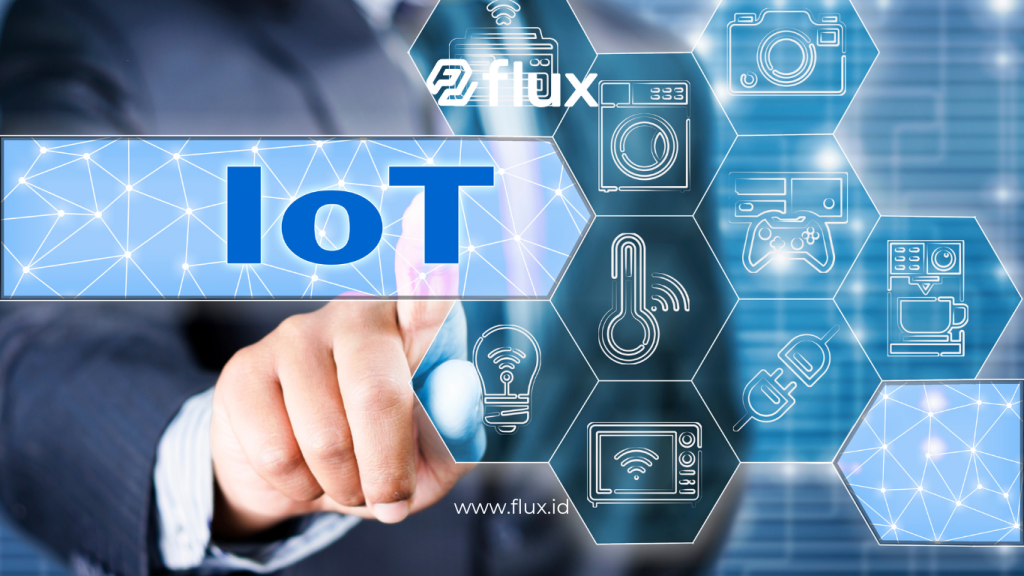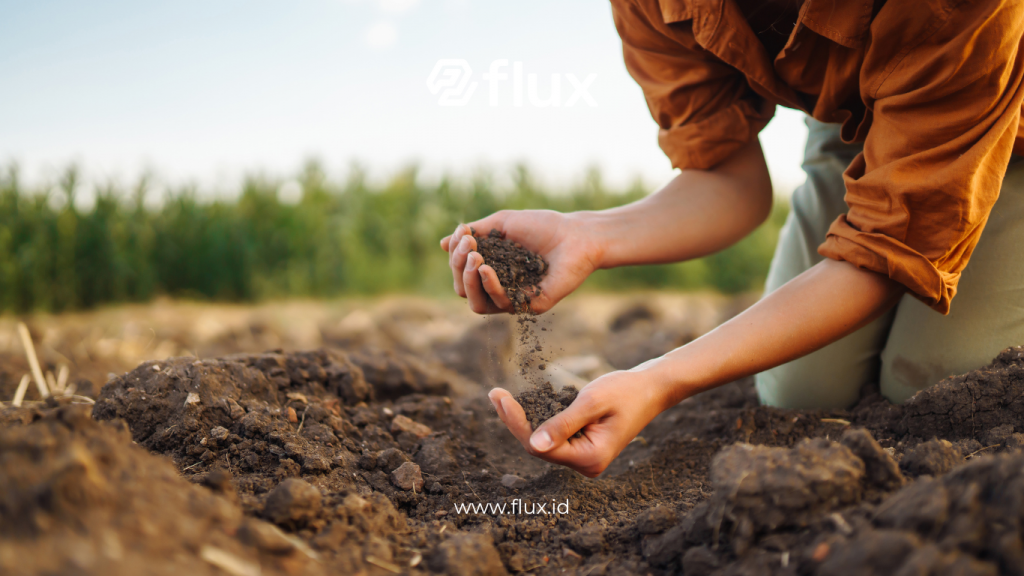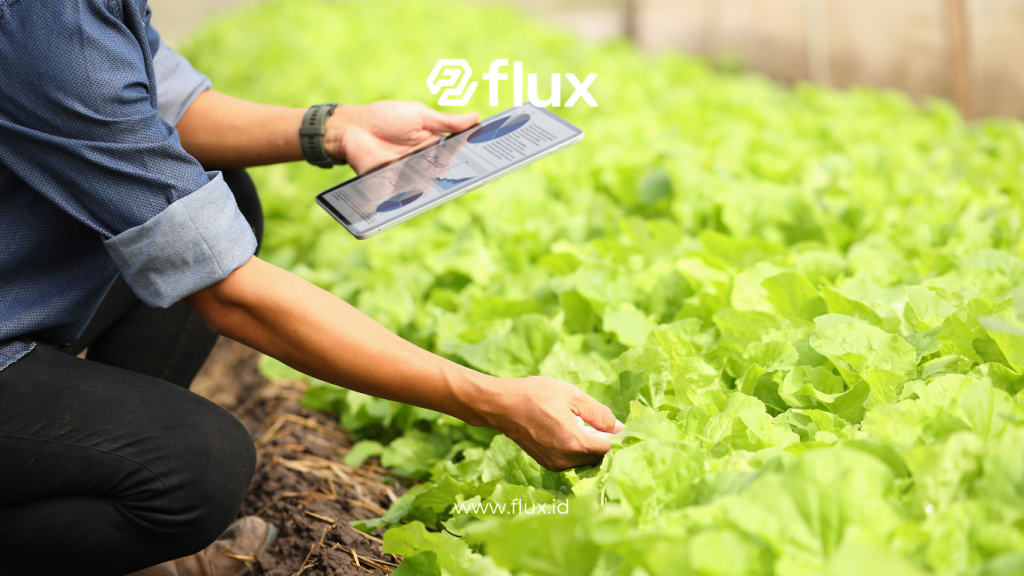Don't miss our holiday offer - 20% OFF!
Precision farming has transformed agriculture by allowing farmers to maximize yield and efficiency through innovative technologies. Among these, the Internet of Things (IoT) sensor stands out for its role in real-time soil nutrient monitoring. By using IoT sensors, farmers can make informed decisions to enhance soil quality and promote plant growth. This article explores how IoT sensors monitor soil nutrients and how adopting this technology helps optimize crop yields.
Contents
- 1 1. What is an IoT Sensor and How Does it Work?
- 2 2. Why Soil Nutrient Monitoring Matters
- 3 3. How IoT Sensors Monitor Soil Nutrients
- 4 4. Technologies Behind IoT Soil Nutrient Sensors
- 5 5. Benefits of IoT Sensors in Soil Nutrient Management
- 6 6. Challenges in Using IoT Sensors for Soil Nutrient Monitoring
- 7 7. Implementing IoT Sensors in Precision Farming
- 8 Conclusion
1. What is an IoT Sensor and How Does it Work?

Read More: Soil Nutrient Sensor: Enhancing Agricultural Yields
An IoT sensor collects data from its environment and transmits it over the internet to a data platform. In agriculture, IoT sensors placed in fields monitor soil conditions, including temperature, moisture, and nutrient levels. These sensors employ various technologies, such as electro-chemical sensing and spectroscopy, to measure essential nutrients like nitrogen, phosphorus, and potassium.
A. Types of IoT Sensors for Soil Nutrients
Precision farming benefits from several types of IoT sensors:
- Soil Moisture Sensors: Measure water content to prevent under- or over-watering.
- Nutrient Sensors: Track levels of nitrogen, phosphorus, and potassium.
- Soil pH Sensors: Indicate soil acidity or alkalinity for balanced nutrient uptake.
- Soil Temperature Sensors: Monitor temperature, essential for microbial activity.
2. Why Soil Nutrient Monitoring Matters

Read More: Smart and Sustainable: Soil Moisture Sensors
Soil nutrients directly influence crop productivity, making their management essential. Low-nutrient soils struggle to support plant growth. Consistent monitoring, enabled by IoT sensors, allows farmers to identify and correct nutrient imbalances promptly.
A. Key Benefits of Soil Nutrient Monitoring
- Optimized Growth: Balanced nutrients strengthen plant health and increase yield.
- Efficient Fertilizer Use: Knowing exact needs helps avoid wasteful fertilizer use.
- Soil Protection: Precise nutrient management prevents soil damage from over-fertilization.
3. How IoT Sensors Monitor Soil Nutrients
IoT sensors collect and send soil data to connected devices or cloud systems, providing real-time insight through apps or specific platforms. This process allows farmers to take timely action based on soil nutrient levels.
- Data Collection: Sensors embedded in fields measure soil nutrients.
- Data Transmission: Data is sent through Wi-Fi, cellular, or other networks.
- Data Analysis: Analysis software examines nutrient levels.
- Recommendations: Based on data, the app offers suggestions for fertilizer use or other actions.
4. Technologies Behind IoT Soil Nutrient Sensors

Read More: Optimizing Agriculture with Soil Health Monitoring Sensors
Various technologies power IoT sensors in soil monitoring:
- NIR Spectroscopy: Measures nutrient concentrations using reflected light.
- Electrochemical Sensors: Detect nutrient ions through electrodes.
- AI and Machine Learning: These tools analyze historical data, offering insights and recommendations based on predicted soil needs.
A. Integration with Agricultural Software
Data gathered integrates seamlessly with agricultural software, enabling comprehensive farm management by monitoring field conditions, generating reports, and scheduling fertilization.
5. Benefits of IoT Sensors in Soil Nutrient Management
IoT sensors offer multiple advantages that help farmers streamline soil nutrient management:
- Reduced Costs: Precise fertilization minimizes unnecessary expenses.
- Faster Decision-Making: Real-time data enables quick responses.
- Sustainable Management: IoT sensors aid in maintaining nutrient balance, promoting sustainable farming practices.
A. Increased Crop Productivity
Proper nutrient balance leads to healthier plants that grow faster and yield more, directly impacting overall productivity.
6. Challenges in Using IoT Sensors for Soil Nutrient Monitoring

Read More: Central Soil Moisture Sensors: Enhancing Early Flood Detection
Despite their benefits, IoT sensors face some challenges in practical application. These include:
- High Initial Costs: The initial investment can be a barrier for some farmers.
- Connectivity Issues in Remote Areas: Rural locations may lack reliable network access.
- Device Maintenance: Proper sensor maintenance is essential to ensure accuracy and longevity.
A. Solutions for Overcoming Challenges
Technologies like LPWAN (Low Power Wide Area Network) improve connectivity in remote areas. Additionally, increased production of IoT sensors is helping lower costs, making them more accessible to farmers.
7. Implementing IoT Sensors in Precision Farming
IoT sensors in soil nutrient monitoring support precision farming, a practice that tailors input to each farm plot’s specific needs. Precision farming helps farmers monitor and adjust various factors, including soil quality, weather patterns, and water requirements, to achieve better yields and sustainability.
Conclusion
IoT sensor technology in soil nutrient monitoring offers a transformative approach for modern agriculture. By helping farmers maintain balanced soil nutrients, these sensors enable increased productivity and sustainable practices. Real-time data helps farmers make proactive decisions, optimizing fertilizer use and reducing costs. Although challenges remain, advancements in connectivity and sensor affordability make IoT sensors an essential tool for efficient, sustainable farming.





